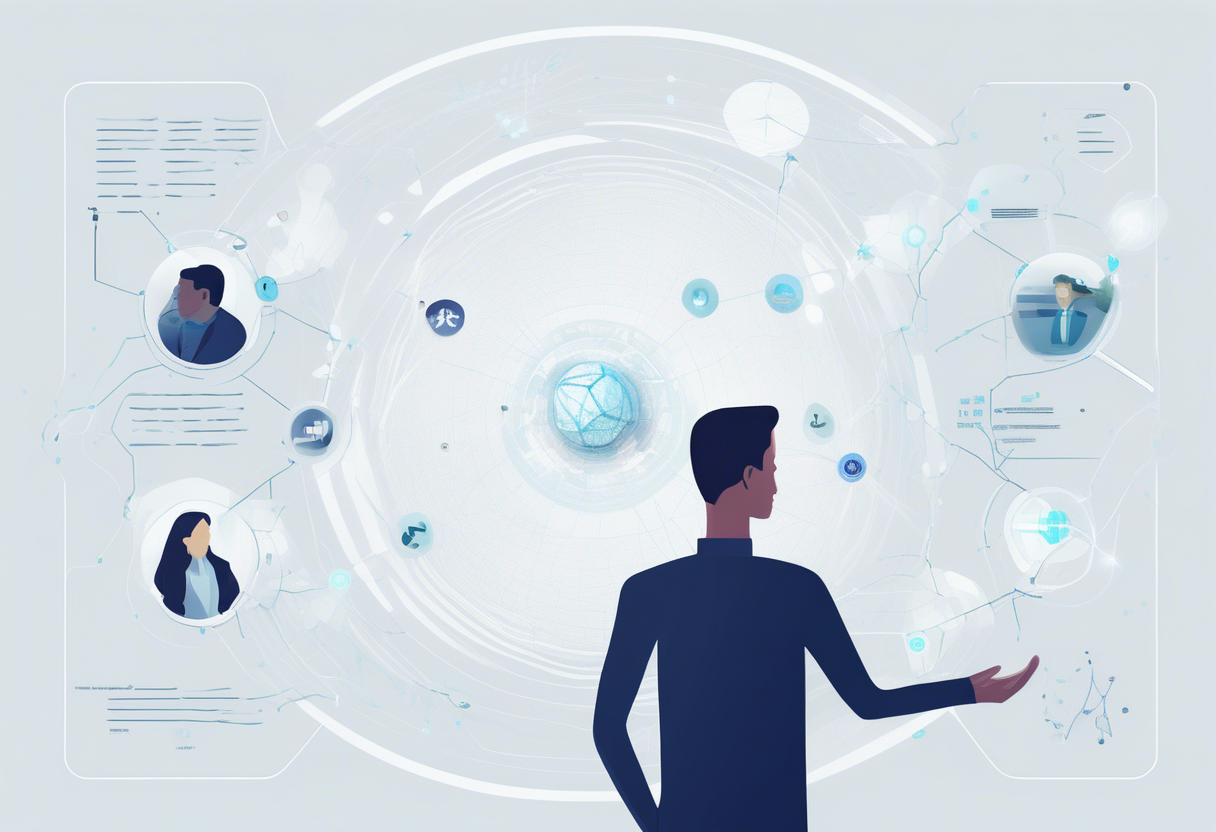
In the fast-changing world of AI, having back-and-forth chats with machines is changing the game. Think about talking to an AI that not only remembers what you just said but gets the whole conversation. This is what multi-turn conversations do, and they're a big deal in AI communication. A recent study shows that 70% of users like AI systems that can chat like this because it feels more natural and smooth. But what are multi-turn conversations, and why do they matter? Here, we'll break down what this tech is all about, its perks, and the cool tech behind it. From real-world examples to the cutting-edge work by companies like Deepbrain AI, we’ll see how this tech is shaping how we talk to machines. You’ll see how multi-turn conversations are more than just tech—they're a big step toward AI that feels more like chatting with a person.
Summary: This article describes the definition, benefits, technical approaches, challenges, and practical use cases of multi-turn conversations, highlighting innovations by Deepbrain AI. It also includes a FAQ section to address common queries related to multi-turn conversations.
Understanding Multi-Turn Conversations in AI
Defining Multi-Turn Conversations in AI
Multi-turn conversations are dynamic exchanges between a user and an AI, where the AI maintains context and builds upon previous interactions, similar to human conversation. These dialogues can address complex tasks that require multiple steps, such as scheduling or troubleshooting, allowing the AI to maintain continuity without the need for repetition.
Key Components:
- Chat History Tracking: Essential for enabling the AI to recall past discussions and provide relevant responses as the conversation progresses.
- Memory Approaches:
- Neural Networks: Facilitate natural memory retention.
- Dialog State Tracking: Monitors ongoing interactions.
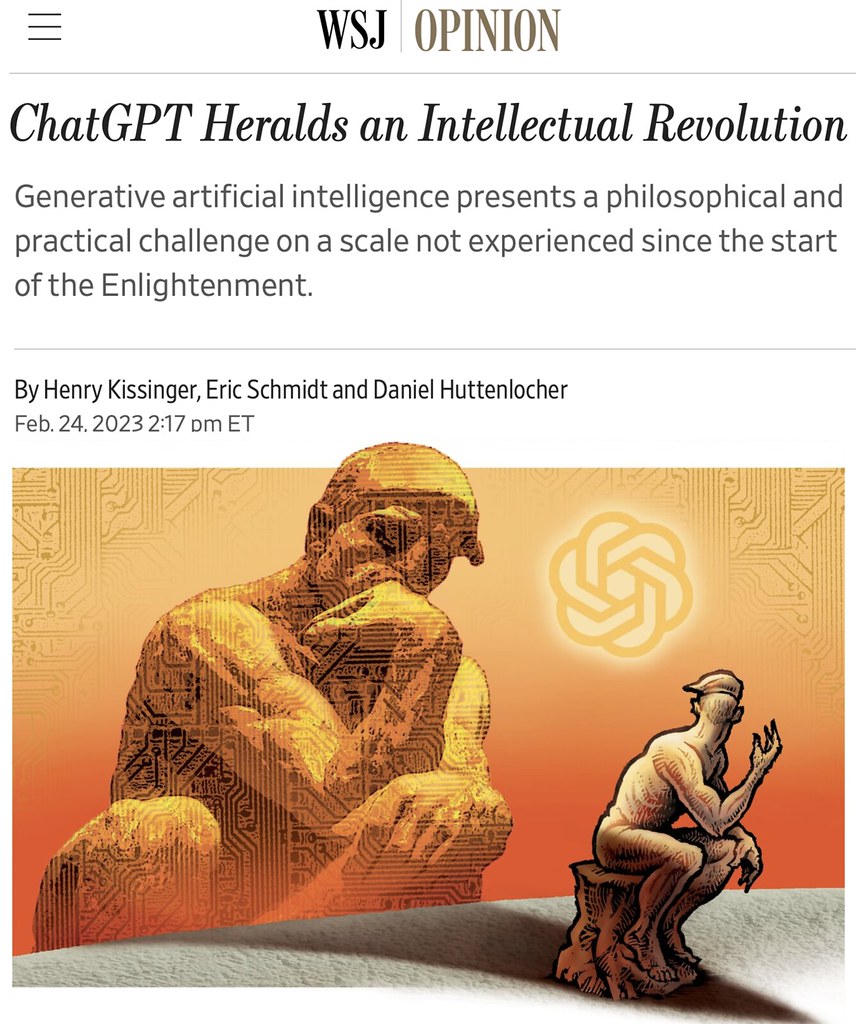
This approach empowers AI chatbots or voice agents to recover from misunderstandings, handle follow-up inquiries, and adapt to evolving topics, enhancing the overall user experience to feel more human and dependable. For more details, visit the Retell AI Glossary.
Importance of Multi-Turn Conversations in AI
Multi-turn conversations are crucial for developing AI systems capable of delivering swift, precise, and context-aware responses, particularly in customer service, where interactions can become complex. By transforming AI from basic FAQ tools into comprehensive business assistants, they enable the management of intricate services, onboarding, or support tasks.
Benefits:
- Enhanced User Engagement: Continuous dialogue and memory of previous interactions create a more engaging and natural user experience.
- Contextual Understanding: AI systems can interpret and execute tasks based on the context, proving invaluable in business environments.
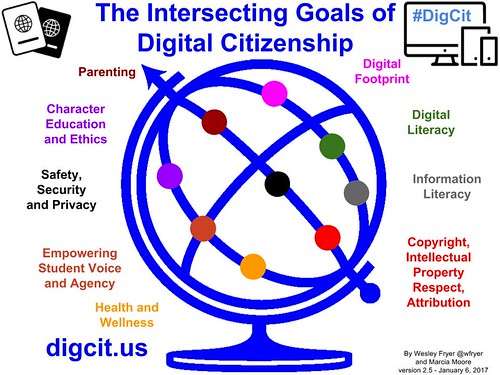
In practical AI bot applications, these capabilities leverage follow-up questions and context management to guide users through complex information and decision-making processes. For further insights, explore the AWS Blog and Microsoft Learn.
Advantages of Multi-Turn Conversations in AI
Certainly! Please provide the blog post content, and I will identify the highlights and add summaries as per your instructions.
Technical Strategies for Optimizing Multi-Turn Conversations
Effective Context Retention Techniques
Multi-turn conversational agents excel at remembering previous interactions, allowing them to handle follow-up questions seamlessly without requiring repetition. This capability is crucial for managing complex requests and multi-step tasks, enhancing user experience and fostering more natural interactions.
Fine-tuning large language models (LLMs) for these conversations involves training them to maintain context and adhere to specific conversational patterns. This is particularly important in domains like customer service and tech support. Techniques such as loss masking in instruction tuning and utilizing conversation datasets that reflect real-life interactions are integral to this process.
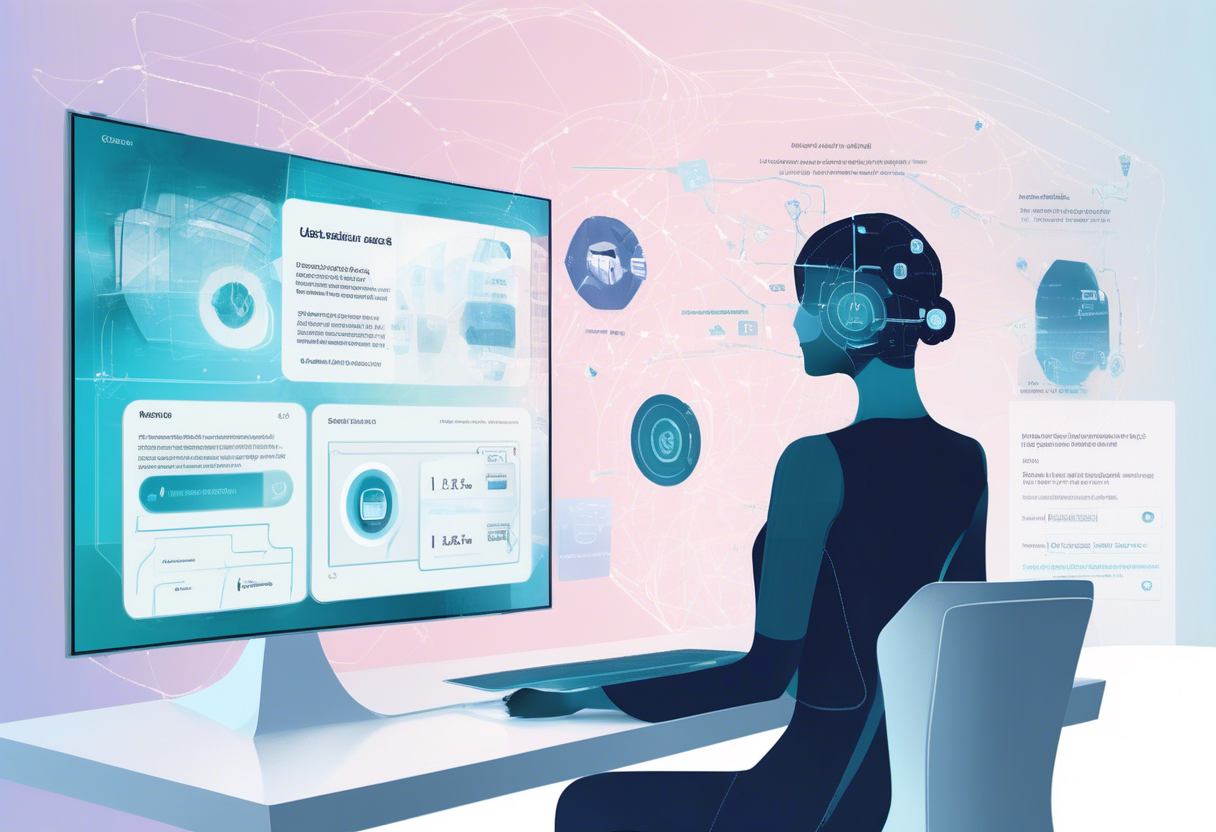
Despite human feedback, LLMs still face challenges with certain multi-turn skills, such as clarifying confusion. However, innovative methods like Action-Based Contrastive Self-Training (ACT) are advancing the field by enhancing the efficiency of learning dialogue policies.
Breakthrough Technologies in Multi-Turn Conversations
Cutting-edge technologies continue to advance the handling of multi-turn conversations. ACT, a novel approach employing contrastive reinforcement learning, significantly improves models' abilities to manage multi-turn interactions, particularly in resolving misunderstandings and handling mixed-initiative dialogues.
This method leverages Direct Preference Optimization, enabling LLMs to learn dialogue policies with minimal high-quality conversation samples. Multi-turn fine-tuning also encompasses specialized workflows like multi-turn function calling, where models determine how to sequentially utilize tools and make decisions based on ongoing discoveries.
Establishing evaluation systems for these conversations begins with manual error checks and straightforward pass/fail assessments. It then progresses to automated LLM-based evaluation, which focuses on identifying common error patterns.
Challenges and Solutions in Multi-Turn Conversations
Key Challenges in Multi-Turn Conversations
When it comes to multi-turn conversations, several tricky issues often arise:
- Keeping the context straight
- Staying consistent
- Dealing with ambiguity
- Handling complex back-and-forths
These challenges can lead AI systems to provide nonsensical or incorrect answers, frustrating users. We can break these challenges into four main areas:
- Instruction Retention: Ensuring models adhere to the original instructions throughout a conversation.
- Inference Memory: Remembering and linking details from earlier interactions.
- Reliable Versioned Editing: The ability to refine and adjust previous statements.
- Self-Coherence: Providing consistent responses without merely agreeing to everything.

Maintaining clear context across different exchanges is crucial, especially in scenarios like customer service, where mixed messages can cause significant issues.
Innovative Solutions for Multi-Turn Conversations
To address these challenges, several strategies can be employed:
- Explicit Context Cues: Keeping conversation history accessible helps maintain context.
- Structured Prompts: Using prompts with clear directions on tone, detail, and format reduces confusion.
- Feedback Loops: Incorporating user feedback at every step refines prompts, enhancing response relevance and coherence.
Prompt Chaining is another effective technique, which involves breaking down extensive conversations into smaller segments and sequentially passing them along to preserve context.
Additionally, fine-tuning large language models with high-quality multi-turn conversation datasets enhances their ability to remain on track. The MultiChallenge benchmark provides a robust framework for testing and improving models on aspects like instruction retention and self-coherence.

By implementing these strategies, AI systems become more adept at facilitating meaningful multi-turn conversations.
Practical Use Cases and Examples of Multi-Turn Conversations
Multi-Turn Chatbots in Healthcare
In healthcare, chatbots with multi-turn capabilities enhance patient interactions by enabling natural, context-aware conversations. These chatbots remember past interactions, preventing patients from having to repeat themselves. For example, a chatbot might begin with, “What symptoms are you experiencing?” and follow up with, “How long have you had these symptoms?” This guides patients through processes such as symptom checking or medication management, making the experience feel more human. Keeping track of conversation history is crucial for providing smooth and efficient service.
Enhancing Customer Service with Multi-Turn Chatbots
In customer service, multi-turn chatbots are revolutionizing interactions. They allow users to converse naturally and share information across multiple turns without repetition. These bots handle complex tasks, such as troubleshooting technical issues or setting up products, by retaining prior conversation details. Customers can interrupt, clarify, or change their requests at any time, offering a more flexible interaction than single-turn bots.
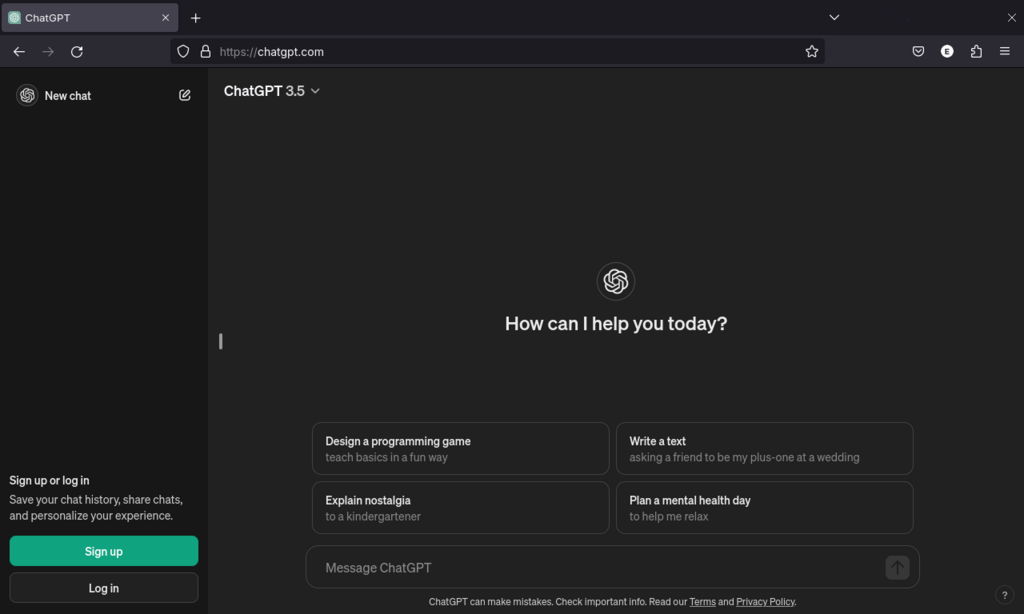
This approach not only enhances customer satisfaction by making interactions less rigid but also reduces the need for human support and provides consistent assistance 24/7. For instance, if a customer says, “My internet is slow,” the bot can guide them through troubleshooting without requesting the same details again.
Streamlining Travel Bookings with Multi-Turn Bots
In the travel sector, multi-turn chatbots simplify booking by understanding detailed requests and prompting for any missing information. Unlike traditional systems, these bots allow users to make complex requests naturally, such as specifying ticket types, times, and preferences. For example, if someone requests, “I want two adult tickets for the latest Marvel movie this weekend at 7:00 pm,” the bot might ask, “For Friday, Saturday, or Sunday?” This method ensures booking accuracy by maintaining context throughout.

These systems not only simplify booking but also enhance the user experience by providing personalized assistance.
Multi-turn conversational agents are essential in various fields, automating complex tasks and boosting efficiency. In healthcare, customer service, and travel, they play a significant role in improving user experiences.
Deepbrain AI Innovations in Multi-Turn Conversations
Overview of Deepbrain AI's Multi-Turn Conversations
Deepbrain AI stands at the cutting edge of AI-driven video creation and digital avatar technology. Their offerings include highly realistic AI avatars that accurately mimic lip, mouth, and head movements, delivering a true-to-life experience. These AI Human solutions enhance customer interaction and streamline operations across various sectors, including finance, healthcare, media, retail, and education. By analyzing speech patterns and facial muscle movements, Deepbrain AI rapidly advances in creating videos featuring talking individuals, including famous personalities. Their primary goal is to leverage AI to unlock human creativity and skills, with a focus on practical business applications.
AI Studios and Multi-Turn Conversation Products
AI Studios, the flagship platform of Deepbrain AI, transforms text into videos featuring lifelike AI avatars, eliminating the need for actors or studios. Some key features include:
- Support for over 200 languages, making it versatile for global use in retail and education.

- Face swapping and chatbot integration, offering dynamic and interactive experiences.
By utilizing advanced technologies like generative adversarial networks (GANs) and natural language processing, AI Studios creates digital avatars that are 96.5% indistinguishable from original footage. This ensures real-time rendering and enables dynamic conversations.
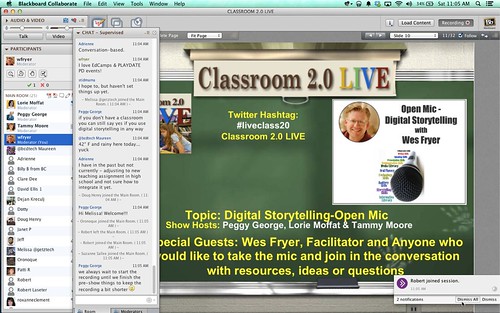
Their AI Human solutions are available as a SaaS platform for video creation and custom projects, particularly in high-security sectors like finance. AI Studios is favored for corporate training, marketing, and customer engagement due to its efficiency, cost-effectiveness, and ability to quickly produce high-quality videos.
FAQ Section
Benefits of Multi-Turn Conversations for Customer Satisfaction
Multi-turn conversational agents enhance customer satisfaction by maintaining the conversation's context over multiple exchanges. This capability allows them to address complex and specific questions more accurately, which is particularly beneficial in customer service and tech support. Here, resolving intricate issues is crucial.
- Guided Interactions: By asking follow-up questions and managing several conversational turns, these agents guide users through a series of questions and answers until they find the right solution. This approach significantly boosts the overall user experience.

- Complex Problem Solving: Multi-turn conversations enable agents to tackle complex problems by utilizing a series of tools or information gathered during the chat. For example, a customer service bot might initially diagnose the problem, ask clarifying questions, and then offer a tailored solution, ultimately leading to happier customers.
Challenges in Designing Effective Multi-Turn Conversations
Designing multi-turn prompts presents several challenges, particularly in maintaining the conversation's context across multiple turns. If not handled correctly, this can result in confusion or incorrect responses.
-
Handling Ambiguity: Prompts need to be intelligent enough to manage vague or unclear user inputs, which requires the model to ask the right questions or know when to hold back.
-
Dataset Creation: Developing datasets for training these models is complex, involving meticulous planning to ensure the conversation stays on track.
-
Evaluation: Assessing these conversations is challenging, requiring clear success criteria and a combination of manual and automated reviews.
A well-crafted multi-turn prompt should ask clarifying questions without frustrating the user and keep the conversation focused to ensure accurate answers.
Importance of Context Retention in Multi-Turn Conversations
Context retention is crucial for the effectiveness of multi-turn conversations. It enables the conversational agent to remember previous user inputs and system responses, ensuring relevant answers throughout the interaction.
- Complex Task Management: By retaining context, the agent can manage complex tasks where each step depends on information from prior turns, increasing the likelihood of successful task completion.

- Avoiding Miscommunication: If context is not retained effectively, the model might lose track of the conversation's goals, resulting in off-topic or incorrect answers, which diminishes effectiveness and user trust.
For instance, in a tech support chat, context retention allows the agent to recall the user's device type and past troubleshooting steps, enabling it to suggest appropriate next steps without repetition. This flexibility is essential for maintaining user engagement and delivering real value in extended interactions.